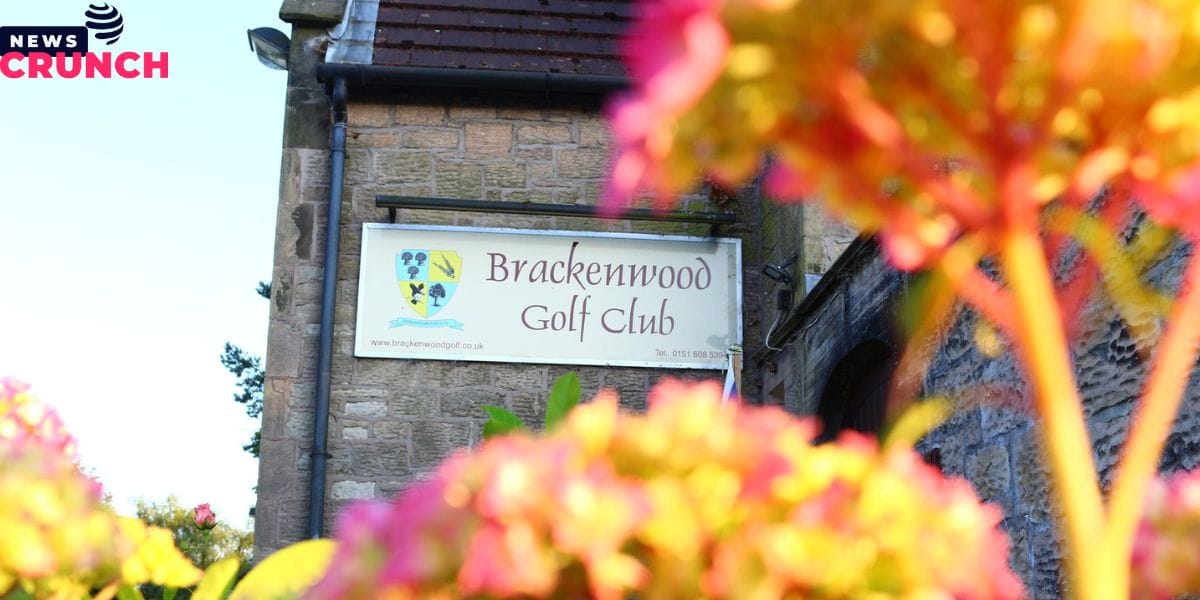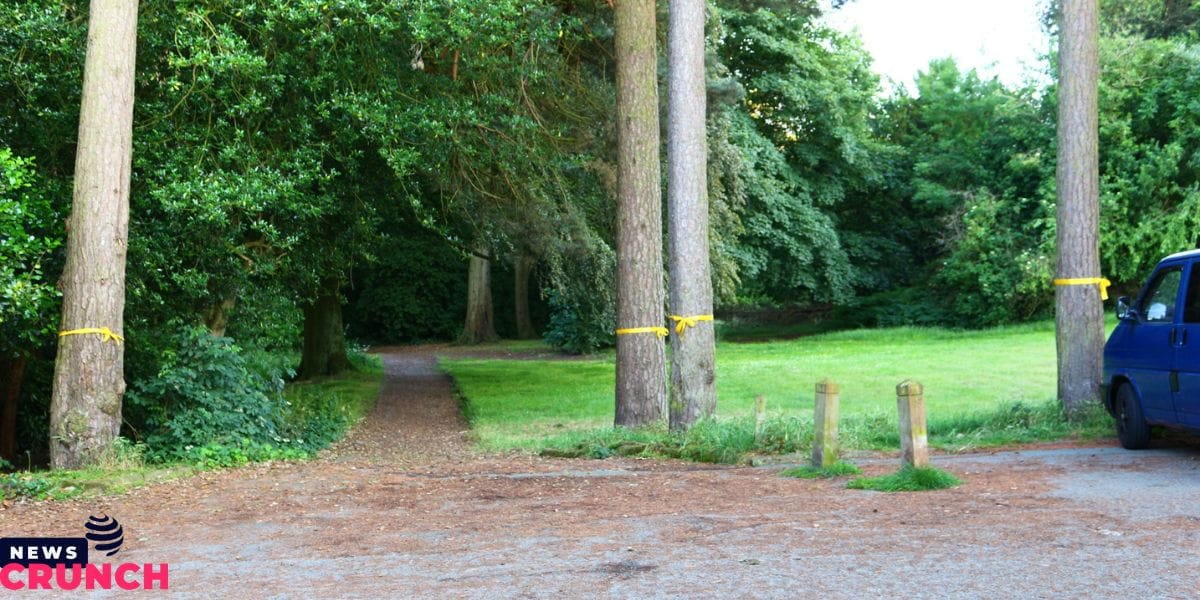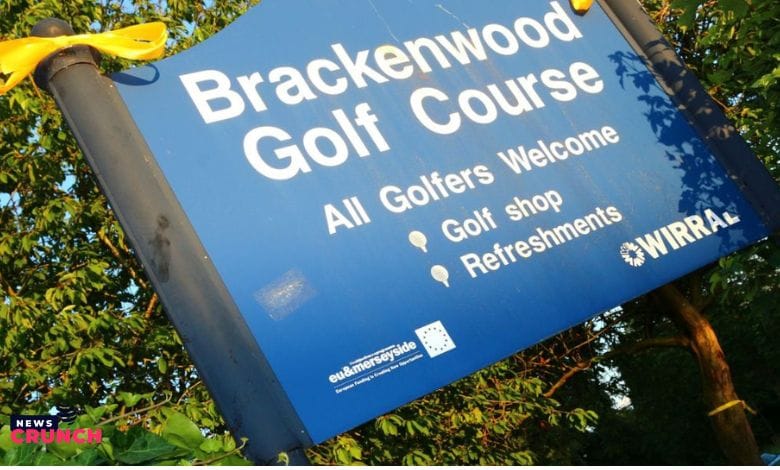Brackenwood Golf Course has been a beloved fixture in our community for decades, but as we head into 2025, there’s a cloud of uncertainty hanging over this cherished green space. Like many golf courses across the country, Brackenwood is facing challenges that could reshape its future – or potentially end it altogether.
Man, I still remember hacking my way through my first round at Brackenwood—must’ve been, what, fifteen years back? That place was never exactly Augusta, but it had this weird charm, you know? That gnarly oak by the seventh, those greens that were more “adventure” than “smooth roll,” and staff who’d greet you like you’d just come home from war. That stuff stuck with me. Now? Seeing all the chaos going down there, honestly, it just feels like watching an old buddy try to keep it together. Kinda heartbreaking, if I’m being real.
Current State of Brackenwood Golf Course
Financial Challenges
The numbers tell a tough story. Brackenwood has been operating in the red for the past three years, with membership declining by nearly 30% since 2020. The golf industry as a whole has seen some recovery after the pandemic boom, but smaller, independent courses like Brackenwood haven’t bounced back as strongly as their corporate counterparts.
Monthly expenses continue to climb while revenue streams shrink. Course maintenance alone costs about $15,000 per month, not including staff salaries, equipment repairs, and facility upkeep. When you’re only bringing in $12,000 some months, the math becomes pretty clear – and pretty scary.
Declining Membership and Usage
The membership roster that once boasted 400 active players now sits at around 280. It’s not just about the numbers, though. The average age of members has crept up to 62, and younger players aren’t joining at the same rate they once did. Weekend tee times that used to book solid two weeks in advance now have open slots just days out.
Sarah Martinez—she’s been hitting this course for eight years now—didn’t hold back: “I mean, every year, that parking lot looks more and more like a ghost town. Half the folks I used to tee off with have either jumped ship to some other club or just hung up their clubs for good. Honestly? It sucks to watch it all fade like this.”
Maintenance and Infrastructure Issues
Man, Brackenwood’s looking a little rough these days. You wander around, and it’s just—yeah, the budget axe did a number. The clubhouse? It could probably use a tarp more than a roof at this point. You dodge potholes on the cart paths like you’re in some weird game show, and those brown patches cropping up on the fairways? Classic sign that the old irrigation system is limping along—doesn’t matter how much you water, some spots just won’t play nice.

The maintenance crew’s down to two people. Two! Used to be five, back in the good old days, but now it’s just those guys hustling to keep 18 holes looking halfway decent. And honestly? Good intentions might get you through a potluck, but not a whole golf course. The mowers and other gear are ancient, squeaking along, probably held together with duct tape and prayers. As for upgrades or improvements? Forget it. That wish list’s gathering dust somewhere, right next to the new roof they keep dreaming about.
Factors Contributing to Uncertainty
Economic Pressures
Rising costs hit golf courses from every angle. Fuel for maintenance equipment, fertilizer, water bills, insurance premiums – everything keeps getting more expensive. At the same time, many potential golfers are tightening their belts, viewing golf as a luxury they can skip when money gets tight.
The economic reality is that golf competes with streaming services, dining out, family vacations, and countless other entertainment options for discretionary spending. When a family needs to choose between a golf membership and their kid’s soccer league fees, golf often loses.
Changing Demographics and Preferences
Golf faces a generational shift that goes beyond simple age numbers. Younger adults often prefer activities that take less time, cost less money, or offer more social interaction. A four-hour round of golf on a Saturday morning competes with hiking, fitness classes, youth sports commitments, and the general pace of modern life.
I’ve noticed this in my friend group. Ten years ago, organizing a weekend golf outing was easy – everyone was interested and available. These days, between work schedules, kids’ activities, and different priorities, getting four people together for a round takes weeks of planning.
Competition from Other Recreational Activities
The recreational landscape has expanded dramatically. Top Golf venues offer golf-adjacent fun without the time commitment. Disc golf courses provide outdoor recreation at a fraction of the cost. Even virtual golf simulators let people play year-round in climate-controlled comfort.
Traditional golf courses must now compete not just with each other, but with escape rooms, craft breweries with lawn games, hiking trails, and home entertainment systems that keep getting better and more affordable.
Municipal Budget Constraints
As a semi-public course that receives some municipal support, Brackenwood faces the reality of local government budget pressures. City council meetings increasingly focus on essential services – police, fire, roads, schools – leaving less room for recreational amenities that serve a relatively small portion of the population.
When taxpayers question whether public funds should support a golf course that primarily serves middle and upper-middle-class residents, elected officials listen. The political math isn’t favorable for golf course subsidies in most communities.

Potential Outcomes and Scenarios
Course Closure and Land Development
The most feared scenario among local golfers is complete closure and redevelopment. Brackenwood sits on 120 acres of prime real estate that developers eye hungrily. Housing developments, shopping centers, or mixed-use projects could generate significant property tax revenue for the city while providing what many see as more practical community benefits.
Property values in the area could increase with residential development, making this option attractive to city planners and residents who don’t golf. The financial incentives for selling to developers are substantial and hard to ignore when the course continues to lose money.
Conversion to Alternative Uses
Honestly, turning washed-up golf courses into something people use? Kinda genius. Brackenwood’s patch of land could get a makeover—a chill public park, maybe with some winding trails, a spot for disc golf (cause why not?), and just a whole bunch of open space for events or, you know, lazy Sunday picnics. Keeps that airy, green vibe but lets way more folks enjoy it.
Or, flip the script entirely—give it back to the gardeners and wannabe farmers. Community gardens, local veggie patches, maybe even a little urban farm action. Some places just let the golf course go wild again—literally—turning it into a nature preserve. Native plants, happy critters, maybe even a frog or two. Way better than empty fairways if you ask me.
Restructuring and Downsizing
Alright, here’s the deal: maybe the course doesn’t have to die a slow, expensive death. Imagine chopping it down to 12 holes instead of 18—yeah, the purists will groan, but hey, it’s better than bulldozers rolling through, right? Plus, less grass means less cash burned on mowing and watering the dang thing.
And honestly, golf isn’t the only gig in town. Slap a wedding tent by the pond, let corporate types swing their clubs and egos at retreats, or even set up a spot for RV camping (because who doesn’t love a golf course sunrise with their instant coffee?). Some places are already pulling this off and laughing all the way to the bank.
Bottom line? You gotta cut costs without turning the place into a sad patch of weeds. Nobody’s itching to play on a course that feels like a cheap mini-golf knockoff. But if you tweak things just enough—keep the heart of the game, ditch the unnecessary frills—you might save the place and even make it cooler. Or at least keep it alive long enough for the next big idea.
Community Ownership or Partnership
Community ownership models have saved some struggling golf courses. Honestly, it’s kinda wild, but you’ve got these local golf diehards—sometimes just a ragtag crew, sometimes a whole nonprofit—who just roll up their sleeves and take over when the city or some private owner bails. Sure, it’s a ton of work and they gotta hustle for cash, but if the town’s got real heart, it can come together.
Then there’s the team-up route: local shops, pro golf management folks, maybe the next town over—they all pitch in. Bit of a “let’s split the tab and keep the place running” vibe. You still get to call the shots locally, but with a little extra muscle behind you. Honestly, if Brackenwood wants to stick around, this might be the play.
Community Impact and Response
Local Golfers and Members
The uncertainty has created a difficult situation for current members and regular players. Some have already jumped ship, not wanting to pay fees for a course that might not be there next year. Others are doubling down, increasing their support and encouraging friends to join or play more frequently.
Member Tom Chen explained his dilemma: “I love this course, but I need to know it’ll be here before I commit to another annual membership. At the same time, if everyone thinks like me, it definitely won’t survive.”
Broader Community Concerns
Even non-golfers have opinions about Brackenwood’s future. Some appreciate the open green space and fear what might replace it. Others question why public resources should support recreational facilities they don’t use, especially when schools need funding and infrastructure requires attention.
The course employs about twelve people during peak season, so job losses would impact local families. Local businesses that benefit from golf course traffic – the pro shop, nearby restaurants, equipment suppliers – also have stakes in the outcome.
Economic Effects on the Area
Brackenwood’s closure could affect property values in different ways. Homes directly adjacent to the course might lose value without the golf course views and open space buffer. However, increased housing density from redevelopment could boost overall neighborhood property values and local business activity.
The tax implications are complex. While the city would lose golf course revenue, redevelopment could generate much higher property tax income. The economic analysis depends heavily on what replaces the golf course and how quickly development occurs.
Looking Ahead to 2025
Critical Decision Points
The next six months will likely determine Brackenwood’s fate. City council elections in November could bring leadership more or less sympathetic to golf course preservation. Buckle up, because the 2025 budget showdown is about to get very real for Brackenwood.
No more kicking the can down the road—city leaders are gonna have to pick a side: keep backing the course, or let it sink. And here’s the kicker: those membership renewals coming up? Yeah, they’re a giant flashing scoreboard for community support and whether this whole thing still makes sense, money-wise. If that number slides under 200, you can pretty much kiss the rosy projections goodbye. Like, it’s not looking cute.
What Needs to Happen for Survival
First off, they need cash. Fast. We’re talking somewhere in the neighborhood of $50K just to slap a Band-Aid on the worst maintenance headaches and keep the doors open for 2025. That’s just survival mode, not thriving.
But the real problem? It’s not just about scraping by this year. If Brackenwood’s gonna have any kind of future, it needs a total vibe shift. Gotta get more folks playing—especially young blood. At the same time, you can’t ignore the regulars or they’ll bail too. Maybe it’s time for fresher programs, new deals, a facelift for the facilities—whatever it takes to make the course feel like it belongs to more than just the usual crowd.
And honestly, none of that happens if people just sit at home grumbling. Golf fans are gonna need to show up—at council meetings, online, in the press. Link up with other groups who care about keeping green spaces alive. Squeaky wheel gets the grease, right?
Honestly, Brackenwood’s drama is playing out all over the place right now. Everything’s getting pricier, people’s interests are shifting, and cities have a million things to juggle. Not easy.
Bottom line? The next few months are make-or-break time. If you care about the course—whether you’re out there every weekend or just like having some grass to stare at instead of condos—pay attention. Make some noise. The story’s not over yet, and yeah, your voice matters here. Who knows? This could end up being a comeback story, or just another “remember when?” Either way, the community gets to help write the ending.
FAQs
1. Q: When did Brackenwood Golf Course close?
Brackenwood Golf Course closed in March 2022 due to Wirral Council’s budget cuts, and its future remains uncertain.
2. Q: What is the future of golf?
Golf remains popular, with strong growth among 18–34-year-olds for six consecutive years up to 2024.
3. Q: How do you know if a golf course is good?
A good golf course offers great conditions, scenic beauty, varied hole designs, affordability, and a welcoming clubhouse.
4. Q: How have golf courses changed?
Modern courses are often longer, designed to match advancements in golf equipment and player abilities.
5. Q: What is the golf technology in 2025?
Golf tech in 2025 features advanced swing analyzers, GPS rangefinders, AI-powered simulators, and smart club sensors.


